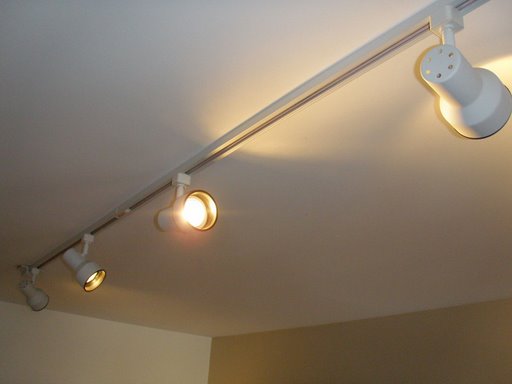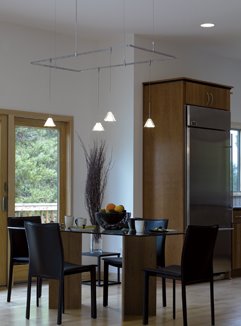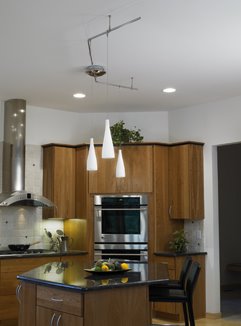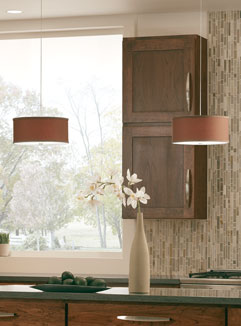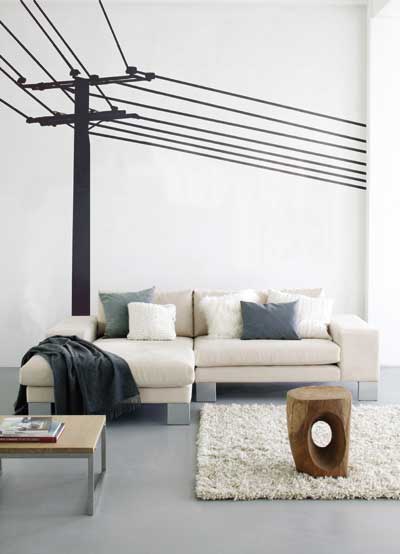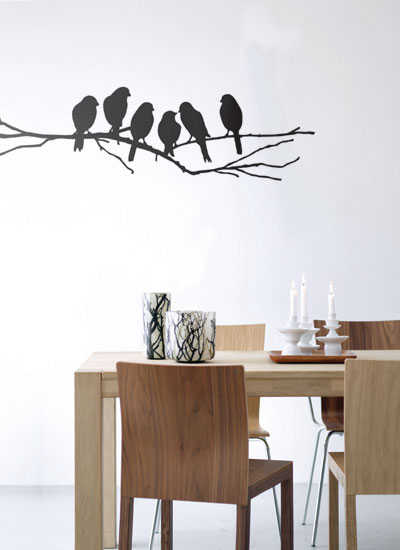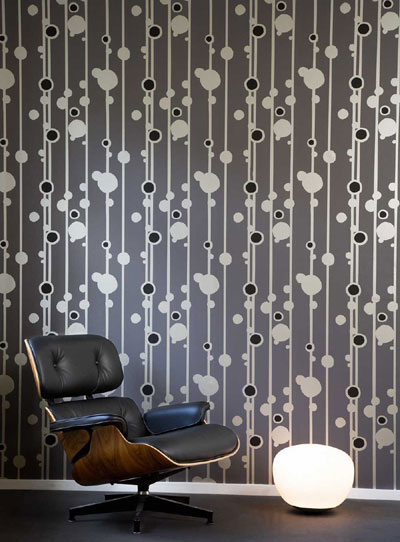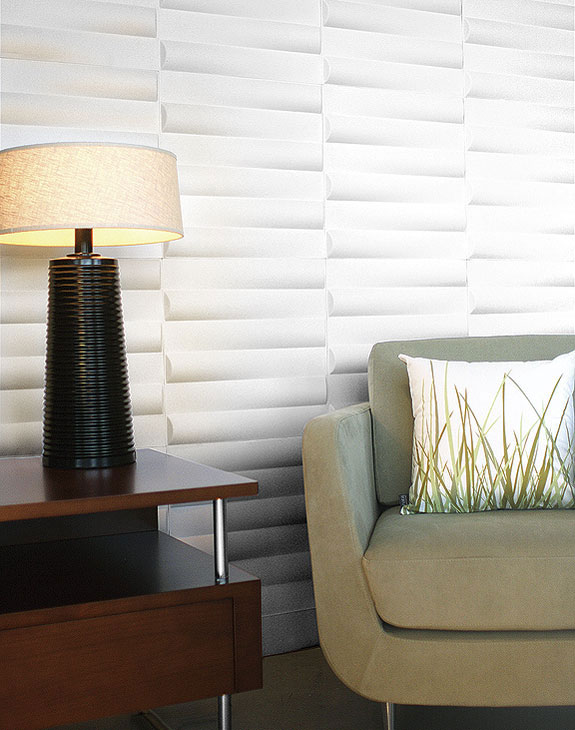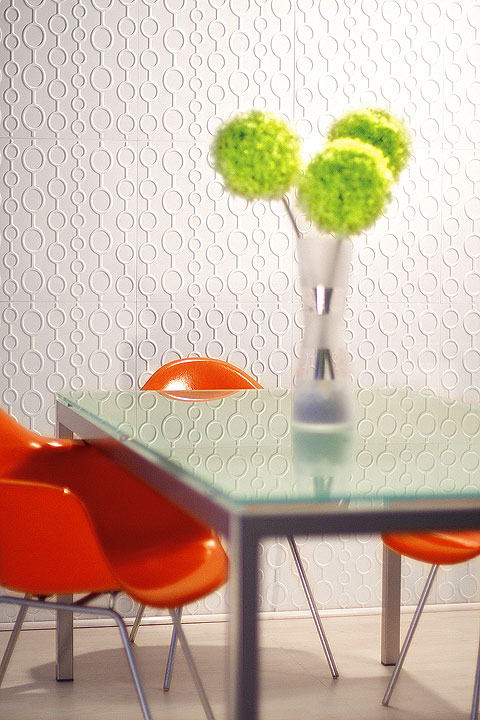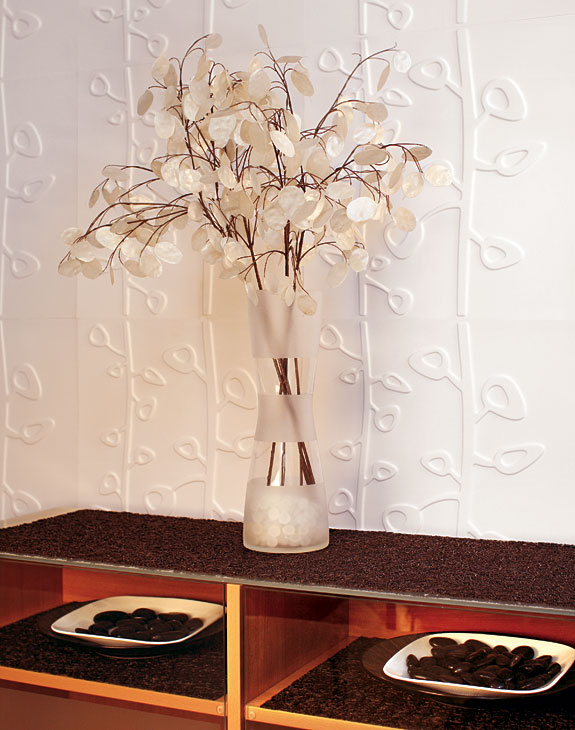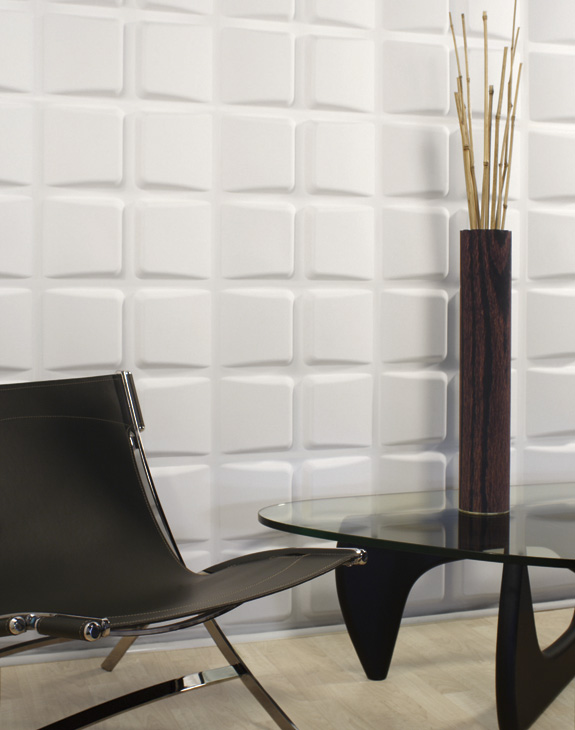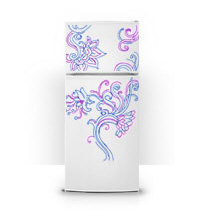 up in specifying expensive appliances that don't necessarily reflect the way everybody lives. That was a point made abundantly clear to me when I was at my sister's house on Saturday.
up in specifying expensive appliances that don't necessarily reflect the way everybody lives. That was a point made abundantly clear to me when I was at my sister's house on Saturday.My sister and her husband are the proud parents of seven really great kids. I noticed when I was over there last weekend that they'd bought a new fridge in a stainless steel look-alike material called Satina. Satina is a laminate that has the vague appearance of stainless steel. Satina, unlike stainless, is a magnetic metal. For someone like my sister and for a family like hers, the refrigerator sides and doors are where important papers, photos and drawings go so that they won't be misplaced in the crush and rush of humanity.
It's easy for someone like me, forty-something no kids, to dismiss needs like this because they
 aren't my needs. It's easy too for someone like me to lose sight of the fact that real people end up living in my projects and "where will we hang the kids' artwork and report cards" are the real needs of some of those same real people.
aren't my needs. It's easy too for someone like me to lose sight of the fact that real people end up living in my projects and "where will we hang the kids' artwork and report cards" are the real needs of some of those same real people.Anyhow, Amana has a new fridge called the Jot. The Jot's claim to fame is that its doors and sides are made from dry erase board. It's only available in their top-mount 30" size, but it's a start. What a cool idea though. Thanks Amana.
